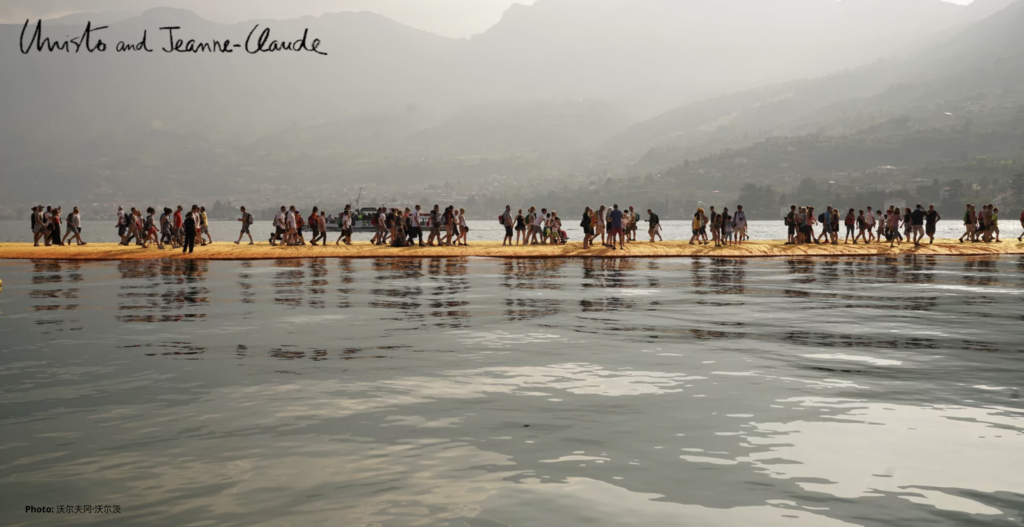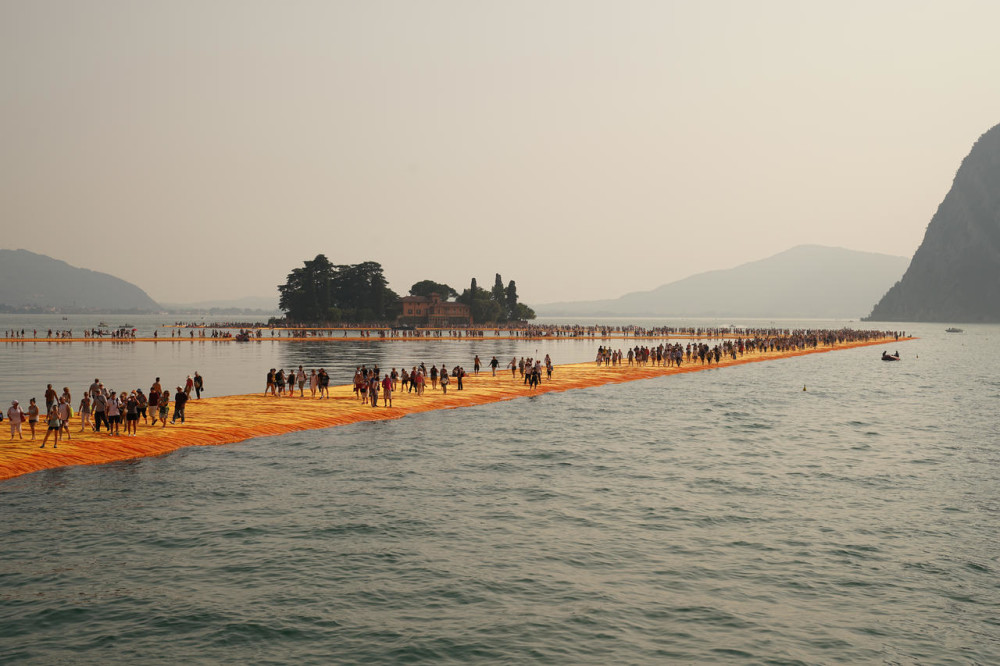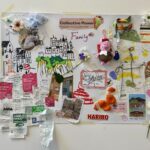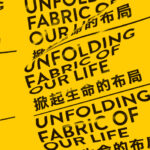Reading notes:
1. Reconfiguration of Space and Audience’s Participation
In “Still Live”, Cottell breaks down the boundaries between “home” and “gallery” by inviting the viewer into her private space by setting up temporary display platforms in her home. It changes the viewer’s perception of the space. The audience is no longer standing in a fixed position to view the work, but through movement and participation, the audience is not only a viewer but becomes a part of the work and participates in the redefinition of the space.
2.The boundary between art and life
Cottell’s works explore the boundaries between art and daily life. By transforming household items and spaces into art installations, she demonstrates how art emerges from daily life and how it can redefine our understanding of “home” and “art” through exhibition.
The text mentions Rosalind Krauss’s “expanded field” theory, which indicates that contemporary sculpture and installation art have long transcended the boundaries of museums or galleries and entered broader social spaces. Cottell’s practice offers us profound insights into the diversity of space, especially on how to break through the limitations of traditional exhibition spaces and bring art into non-traditional venues.
Perspective Application and Reflection:

(christojeanneclaude.net, n.d.)
Learning The Floating Piers radically altered my understanding of exhibition space. There were no walls or thresholds—just open air, water, and a floating walkway that invited me to walk within the artwork itself. It dissolved the boundary between artwork and environment, turning space into an experience shaped by movement and perception.
As a curator, this openness was inspiring. It challenged the idea of exhibitions as static, enclosed forms and suggested that space could be dynamic, immersive, and participatory. The project made me think about how space can be a medium—not just a container.
Yet I also began to question the politics of such openness. While The Floating Piers was free and seemingly accessible, it still demanded physical ability and travel. True openness, I realized, is not just spatial—it is structural. The project taught me to reflect more critically on how curatorial decisions shape who can enter, move through, and connect with a space.
It reminded me that openness is not neutral. It can invite, but it can also exclude. And as curators, we are responsible for designing spaces that both expand and examine that tension.
Reference
Deepwell, Katy. “Walking/Working through Fran Cottell’s House.” 2021.
christojeanneclaude.net. (n.d.). Christo and Jeanne-Claude. [online] Available at: https://christojeanneclaude.net/artworks/the-floating-piers/.





fdavis
3 February 2025 — 11:22
Your first two blog posts evidence engagement with some key concepts and issues in curatorial practice with a particular focus on issues around site and this is supported by some research into curatorial theory and practice.
Your first blog post includes engagement with the ideas of the artist Rirkrit Tiravanija. It’s good to see you engaging with the ideas and practices of contemporary practitioners. However, it is essential to build the depth of your research and ensure you understand these ideas in context. For example, you use a quote from Tiravanija that highlights the importance of “what takes place between people” to make a point about the importance of the relationship between artists and curators. However, whilst the quote taken out of context could speak to this, this is a misreading of Tiravnija’s ideas – Tiravanija’s practice seeks to encourage social interaction and I believe this is what he is referring to here.
Your second blog post considers the exhibition site and the way in which attention to this can create a dialogue with works displayed. The first part of this blog post focuses on Cottell’s practice and the way that this breaks down boundaries of home and gallery. The second part of the blog post focuses on sites with particular historical or cultural significance and is much more general. Here, referencing some examples would be useful to ground your discussion of this type of practice.
This post also includes an image of an artwork and it is good to see you using the blog’s capacity to share non-textual material. However, this work isn’t referenced in the blog post and doing so would make better use of your inclusion of an image. What is the relationship between this work and the ideas you are discussing in this post?
At present, your blog discusses themes and issues in curatorial practice generally. Your blog should document the research and development of your individual project and in your next blog posts it would be useful to include some detail on your developing ideas for your individual curatorial proposal. What are you thinking about developing? How is the wider research you are doing influencing your approach?
Remember too that your blog should also include some information about the work you are undertaking collectively in the planning meetings.